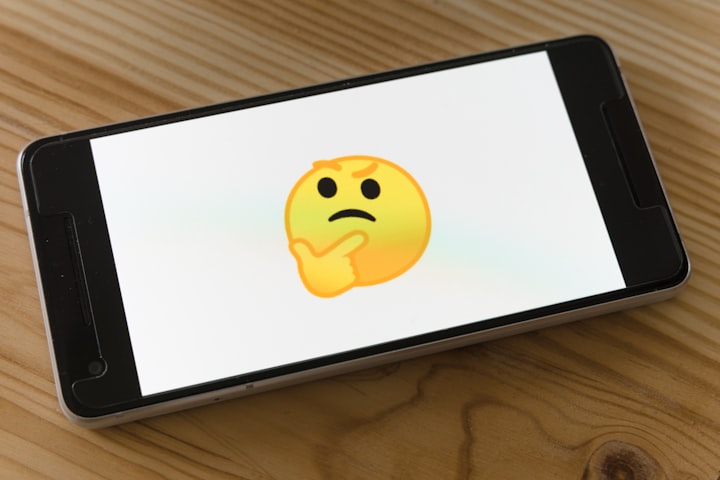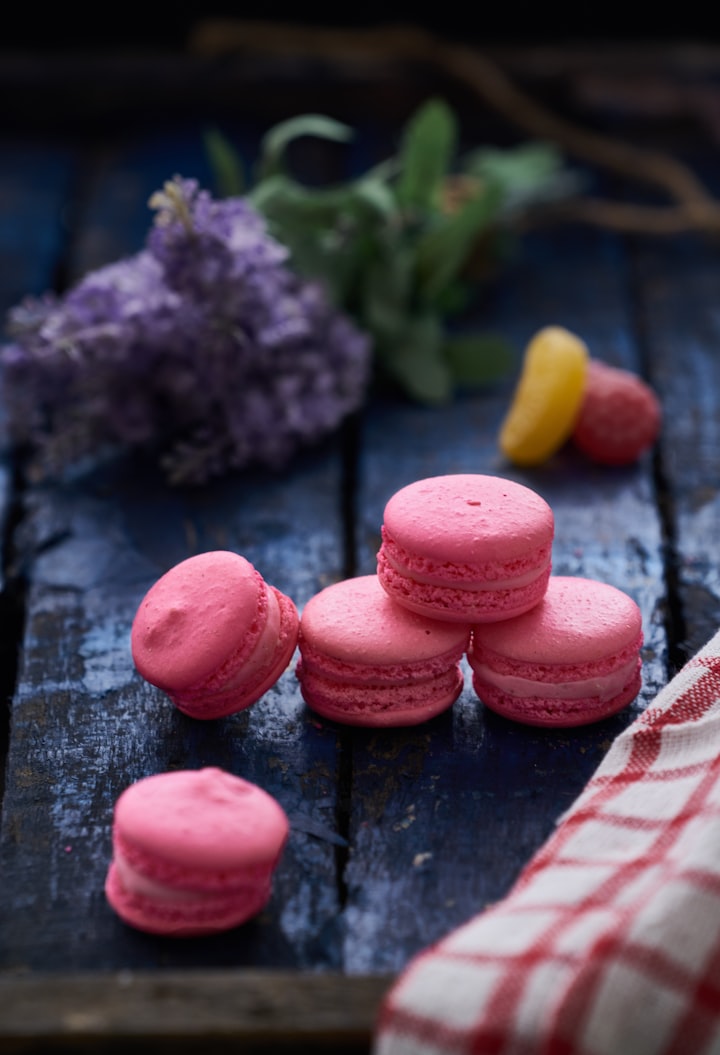What is (and isn't) Mindfulness?
from a constantly-questioning counselor

Mindfulness means many things to many people. It is a term that has gotten a lot of publicity lately and on account of that publicity, can have a certain intimidation factor attached to it.
The mind might ask, “Am I operating mindfulness appropriately?”; “Is this what mindfulness looks like?”; “Surely, I’m doing it wrong.”; “How will mindfulness help?”; “I don’t understand how this practice will help with my [anxiety,sadness,pain, etc…].”
All of these judgment-based thoughts might come up and many others when thinking of mindfulness. Mindfulness is defined in many ways, yet I often refer to it as:
“THE PRACTICE OF CONTACTING AND NOTICING THE PRESENT MOMENT WITHOUT JUDGMENT.”
There is a lot of language in this little definition so let’s take time to look at it in pieces and understand each component. I think it also helps to learn what mindfulness is by exploring what it IS NOT. Let’s also take a moment to talk about mindlessness.
Sidebar: Alongside exploring mindfulness, it helps to explore bits of mindlessness.
Mindlessness is often considered the antonym of mindfulness. If we are doing something without noticing, perhaps falling prey to judgments, then we are engaging in an activity without mindfulness.
Think about a typical routine you have in your day, like driving to work.
Have you ever driven home and realized you didn’t know you were driving? You have taken this route many times, so sometimes it might feel robotic and automatic, like your body took you to work without you really noticing the driving experience.
In many settings, this is not an issue or concern. In fact, not noticing is protective in many ways. There is not any value to the brain coding each time we drive to work, so instead it codes the significant times: the time it snowed on the way to work, the day of the accident, the detour or lane shift that one time, etc.
Of course, many of us would benefit from being more mindful drivers, but this mindlessness can show up in many other behaviors or domains as well. Thus, mindfulness is an ongoing practice.
Back to the definition of Mindfulness.
THE PRACTICE:
Mindfulness is an ongoing engagement and practice which must be utilized in various settings with repeated attempts and efforts in order to be successful.
TO CONTACT:
It has often been said that what we pay attention to shapes our experience. What we notice and make contact with can influence how we code and categorize an event, memory, or issue. Contacting the moment includes making deliberate effort to attend to it. Think of a contact in your phone, for example. It takes effort to create a folder, give it a label, and save it as such. Contacting a moment requires similar signifiers and requires noticing to do so.
TO NOTICE:
Noticing is something that our Observing Self does well, but not something we always do in all settings at all times. Noticing requires specialized attention and input from our sensory organs. To put it bluntly, we notice the world with our senses (then, after that, we attach judgments and inferences and other things that are not simply noticing*).
In the driving example, to notice the moment would bring attention to the efforts made to push the gearshift or pedal, to move your body to check your mirrors, and to hear the whoosh of the wind on the highway increase as your speed does. Noticing the way the steering wheel feels cold in the morning might increase your awareness of driving, for example. Noticing the smell of the crisp autumn air as you drive to work might make it a more memorable drive as well, for example, than the many robotic drives of your day to day.
PRESENT MOMENT:
Mindfulness has a way of grounding is into the Here and Now. In fact, when we think mindlessly or without noticing, we can time travel to all sorts of places and experiences.
The mind might take you to “What happened back there?”; “Remember the time when there was that [pain, anxiety, trauma, etc…].”; “What will I do next week/month/year?”
Anytime our mind takes us to these places, it is a way of taking us away from the present moment. Mindfulness brings us away from all those others considerations and transports us to what is observable and actually present. The present moment focus can in this way serve as a resting place from past or future thinking, and can provide the brain some relief at all the work it has been doing going to these different times.
Our brains love us so much that they often go into the past to examine pain, or prepare us anxiously for the future. Present moment focus, being here and now, is a great method to depart or separate from that place, and to gain enhanced perspective.
WITHOUT JUDGMENT:
These two words could have a whole blog on them in it's entirety (and one day, they just might!). When we have thoughts that are judgment-based thoughts, we are ascribing an opinion to a person, memory, event, feeling. Judgments are not facts and while they can be based on input from our senses, are subjective and can tint how we contact the present. The mind often judges settings, people, and events, and when we are not aware of the judgments, they can color how we connect to those settings, people, or events.
The mind might say “It’s too cold in here.”; “I hate the way this feels.”; “I wish I weren’t here.”; “Is this over yet?” which could dramatically sway from the experience of being with family, connecting with loved ones, focusing on work, or any other valued action that brings our life meaning.
When we can notice judgments that come up, we can also see how they are not mindful engagements with a moment, but in fact take us away from the moment altogether. Of course, judgments will be present, if we can notice them and not buy into them as we observe, then we will be able to better contact the moment without unhelpful influence.
There are multiple ways to engage in and practice mindfulness. In order to commit to the engagements of mindfulness, it helps by having a cursory knowledge of what it is and isn’t, as well as how it can be useful. I hope this serves as a good reminder or introduction into the practice of mindfulness. Upcoming blogs will continue to elaborate on the many practices and will provide readers with the opportunity to engage in some various methods of mindfulness. More to come in future present-moments.
About the Creator
Joey Salvatore
counselor by day, creative-type by nite- exploring topics around mental health (of course), a fascination with most things food/in the kitchen, and musings. Accepting clients for Maryland-based teletherapy and expanding my writing community






Comments
There are no comments for this story
Be the first to respond and start the conversation.